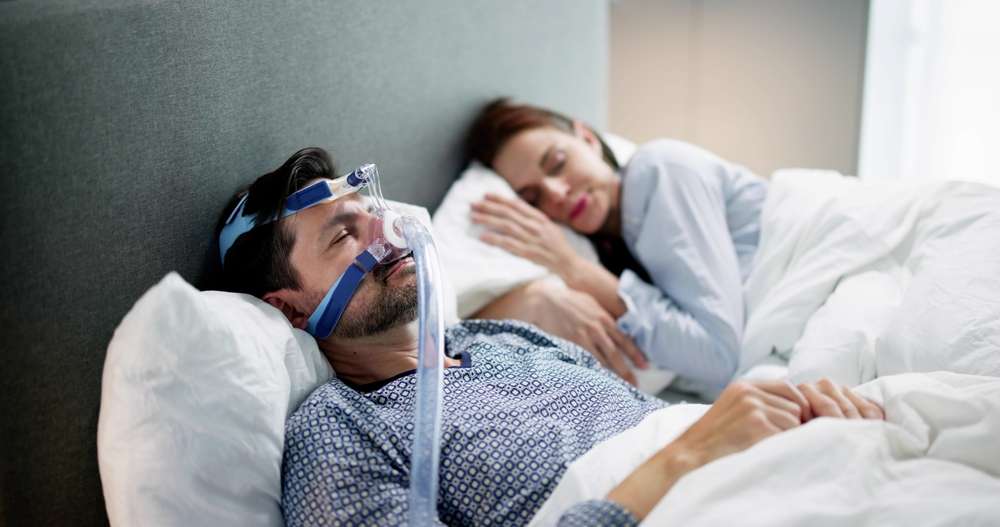Beauty Sleep Science: Transforming Your Skin While You Rest
Have you ever noticed how a good night's sleep seems to magically refresh your skin? This phenomenon extends far beyond simple rest – it represents a sophisticated biological process where your skin actively repairs itself during sleep. While many focus on daytime skincare routines with expensive products and treatments, the hours we spend in slumber might be the most powerful beauty tool available to us. The relationship between quality sleep and skin health intertwines deeply with our body's natural recovery mechanisms. Scientists have uncovered remarkable evidence about how sleep quality directly impacts skin appearance, aging processes, and overall dermal health. Understanding this nighttime transformation can revolutionize how we approach beauty and skincare routines, potentially saving time and money while delivering superior results.

The Biology of Beauty Sleep
While we drift through different sleep cycles, our skin undergoes a remarkable transformation. Between 11 PM and 4 AM, skin cell regeneration nearly doubles compared to daytime rates. This accelerated cellular turnover happens because growth hormone levels peak during deep sleep phases, stimulating collagen production – the protein responsible for skin elasticity and structure. Additionally, blood flow to the skin increases, delivering essential nutrients and oxygen while removing cellular waste.
The body’s inflammatory response also decreases during quality sleep, helping to reduce conditions like acne, psoriasis, and eczema. Melatonin, our sleep hormone, simultaneously serves as a powerful antioxidant that fights against environmental damage and free radicals. This nocturnal repair system operates optimally only when we achieve sufficient deep sleep stages, explaining why disrupted sleep patterns quickly manifest as dull complexion, increased fine lines, and uneven skin tone.
The Measurable Impact of Sleep Deprivation
Research findings on sleep deprivation’s effects on skin are striking. A 2015 study published in the Clinical and Experimental Dermatology journal found that participants who slept seven to nine hours showed significantly better skin barrier function and recovery from environmental stressors compared to those sleeping five hours or less. Another landmark study by University Hospitals Case Medical Center demonstrated that poor sleepers showed increased signs of intrinsic aging, including fine lines, uneven pigmentation, and reduced skin elasticity.
Sleep-deprived individuals typically show 50% slower recovery from sunburn and environmental damage. Their skin also exhibits measurable increases in transepidermal water loss, leading to dehydration and compromised barrier function. Perhaps most concerning for beauty enthusiasts, chronic sleep deprivation triggers increased cortisol production, which breaks down collagen and hyaluronic acid – two essential components for plump, youthful skin. This hormonal imbalance can trigger inflammatory skin conditions and accelerate visible aging by up to 30% compared to well-rested individuals.
Optimizing Your Sleep Environment for Skin Health
Creating the ideal sleep sanctuary requires attention to several key factors. Room temperature plays a crucial role, with experts suggesting 65-68°F (18-20°C) as optimal for both quality sleep and preventing excess oil production on skin. Humidity levels between 40-60% help maintain proper skin hydration throughout the night, preventing both dehydration and bacterial overgrowth.
Bedding materials significantly impact skin health, with natural fabrics like silk and high-thread-count cotton reducing friction and preventing sleep creases from forming on facial skin. Silk pillowcases particularly benefit skin by minimizing moisture absorption and reducing mechanical stress that contributes to wrinkle formation. Air quality also deserves consideration – using HEPA air purifiers removes particulate matter that can trigger inflammation and clog pores during sleep.
Light pollution disrupts melatonin production, affecting both sleep quality and skin repair. Blackout curtains, removing electronic devices, or using red-spectrum night lights helps maintain proper circadian rhythms that synchronize skin’s repair mechanisms. Consistent sleep scheduling further reinforces these natural cycles, gradually improving both sleep quality and skin appearance.
Strategic Nighttime Skincare Protocol
Evening skincare routines should complement the skin’s natural repair processes rather than interfere with them. Double cleansing removes both makeup and environmental pollutants that would otherwise generate free radicals during sleep. Following with pH-balancing toners prepares skin to maximize absorption of treatment products.
Retinoids remain the gold standard in nighttime skin treatments, with studies showing 87% improvement in fine lines when applied before sleep versus daytime application. This timing works because retinoids increase cell turnover while avoiding sunlight sensitivity. Peptide formulations stimulate collagen production and work synergistically with the body’s natural growth hormone peaks during deep sleep cycles.
Hydration strategy differs at night compared to daytime approaches. Water-binding ingredients like hyaluronic acid, glycerin, and ceramides should be sealed with occlusive agents that prevent transepidermal water loss during sleep. This combination creates a microenvironment that optimizes moisture retention without triggering congestion. Special consideration should be given to eye areas, where lymphatic drainage slows during recumbent sleeping positions, potentially causing morning puffiness unless addressed with properly formulated products.
Lifestyle Factors That Enhance Sleep-Based Beauty Benefits
Sleep quality extends beyond bedtime routines into daytime habits. Regular exposure to natural morning light helps regulate circadian rhythms that control skin repair cycles. Studies show individuals receiving 30+ minutes of morning sunlight experience 20% better sleep quality and corresponding improvements in skin appearance.
Exercise timing significantly impacts sleep architecture, with afternoon workouts (4-6 hours before bedtime) shown to increase deep sleep phases where maximum skin renewal occurs. However, vigorous exercise too close to bedtime raises core body temperature, potentially disrupting sleep onset and quality.
Dietary choices directly influence sleep quality and skin repair. Foods rich in tryptophan, magnesium, and B vitamins support melatonin production, while anti-inflammatory ingredients like omega-3s enhance cellular repair during sleep. Conversely, high-glycemic meals consumed within three hours of bedtime can spike blood sugar and insulin levels, triggering inflammation that compromises skin repair mechanisms.
Stress management techniques practiced regularly show measurable benefits for both sleep quality and skin appearance. Meditation, progressive muscle relaxation, and breathing exercises reduce cortisol levels that would otherwise degrade collagen and accelerate aging during sleep hours. Implementing these lifestyle modifications creates a comprehensive approach that maximizes the beauty benefits of sleep beyond what topical products alone can achieve.





